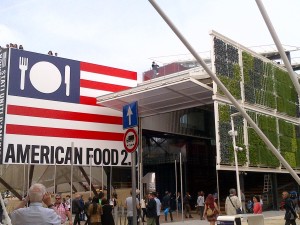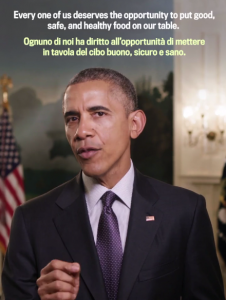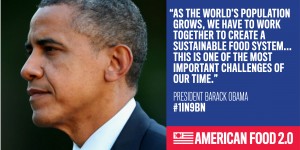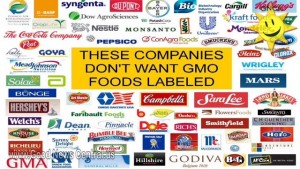Darra Goldstein, editor. The Oxford Companion to Sugar and Sweets. Oxford University Press, 2015.

Full disclosure: I have two entries in this book, one with Daniel Bowman Simon.
- Simon DB, Nestle M. Soda lobbies. In: Goldstein D. The Oxford Companion to Sugar and Sweets. Oxford University Press, 2015:681-682.
- Nestle M. Soda. In: Goldstein D. The Oxford Companion to Sugar and Sweets. Oxford University Press, 2015:623-624.
With that out of the way, I can only think that the editors of this book, Darra Goldstein and Michael Krondl, must have had the best time pulling this together.
The encyclopedia starts with an elegant introduction by Sidney Mintz, author of Sweetness and Power, the one book that tops everyone’s list of must reads in food studies.
The remaining 800 pages or so are devoted to entries by 265 authors on matters as diverse or arcane as dulce de leche, nanbangashi (“southern barbarian sweets”), syllabub, and whoopie pie (look them up). I especially like the Appendixes: lists of films featuring sugar and chocolate, songs about sugar and candy (often as a metaphor), and museums.
The illustrations are lavish, especially the two sets of gorgeous color inserts. Subtlety: The Marvelous Sugar Baby, alas, is gone from the Domino Sugar Factory in Brooklyn, but it lives on here. For that alone….


 Even more, he adds:
Even more, he adds:




